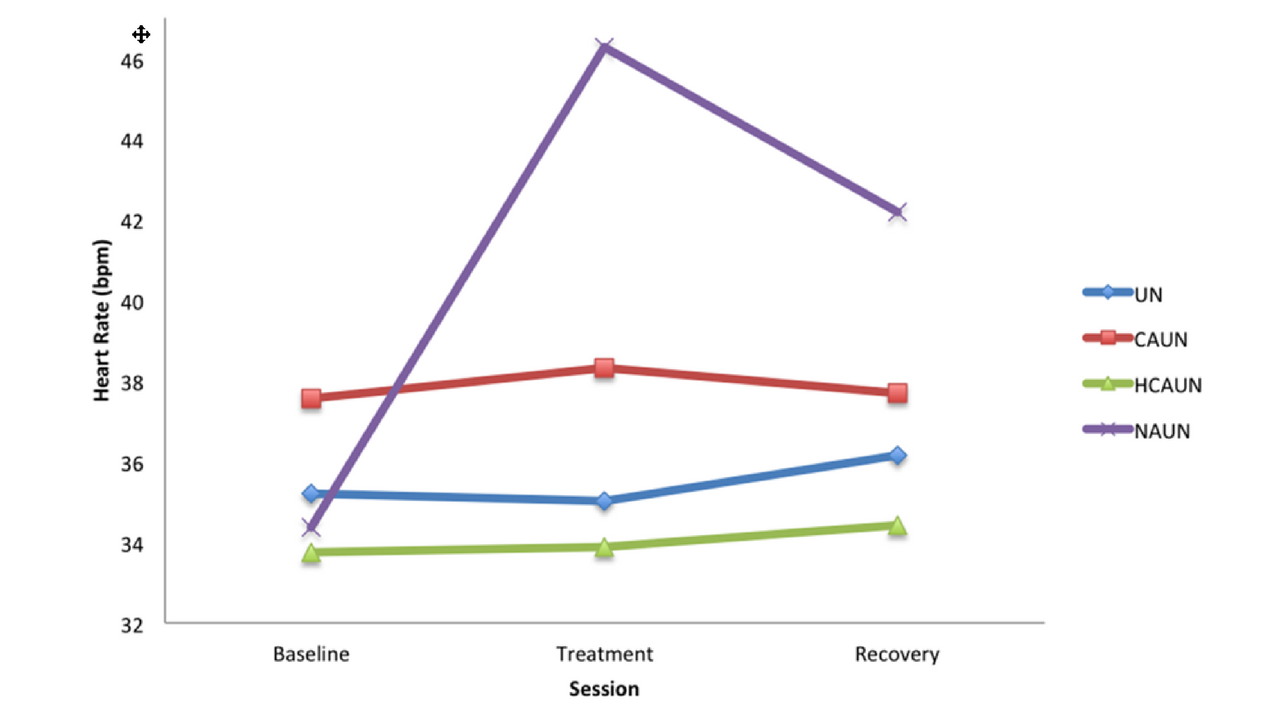
Last time we talked about the RSPCA's 5 freedoms, focusing on the first four. I'd like to look at the final Freedom now:
"Freedom from fear and distress: by ensuring conditions and treatment which avoid mental suffering".
As horse owners, or simply riders, we have a moral responsibility to provide this freedom for our horses. It's not as easy to observe as the others - it's clear when a horse has insufficient food or water or is housed in isolation. Unlike a dog, a horse will not cry out when distressed. Being flight animals, fear should result in fleeing but when training the horse is mostly restrained in some way so this option is thwarted.
As I mentioned in a previous post, the most surprising thing about the tight noseband experiment that I did was the fact that it was impossible to see that the horses were distressed simply by observing them. Other than standing more still when the noseband was tight, the horses appeared to have no adverse reaction to the tightening. It wasn't until the video was analysed and we discovered that the horses could barely swallow, couldn't lick or chew and were unable to open their mouths like they were doing without the nosebands on, that it began to become clear. The heart rate results were jaw-dropping. The only treatment that showed a change in heart rate was the NAUN (no area under the noseband - tight) treatment and this was very significant. The heart rates didn't even return to normal in the ten minutes following the treatment when the bridles were removed although it was heading in that direction.
So, what can we do to ensure that our horses are free from fear and distress?
I think the most important thing we can do is to take responsibility for our horse's training. It's during training that the horse is most likely to encounter fear or distress and as we know our horses better than anyone, it's our responsibility to keep them safe and free from such discomforts.
Every day I get emails from owners that have got horses back from trainers with serious issues - really EVERY DAY! Today's included a horse that could no longer be caught, one that ran backwards when mounted and another that refused to be bridled and it's only 9 am.
I would like to take this opportunity to thank those of you that have written to ask me about how to help their horses over these problems because it helps me to formulate the course material. So please, do keep writing and I will continue to write back to you (whether you are a member of the Kandoo Equine Online Training System or not) because this is what's so important to our horses.
I think most people send their horses out to trainers because they feel they are not experienced enough to train their own horses and that makes complete sense. However, there is an alternative, one that will help you meet Freedom #5, and I'll talk more about it next time.
In the meantime, leave me a comment and tell me about a time when you had thought your horse was fine but later discovered it was fearful or distressed. What led you to notice the difference and what did you do about it? Did it change the way you approached the horse in this and other situations? I had a lovely example yesterday from someone who'd just read email #65 in this series and she explained that she'd thought the horse was being naughty when it shied but recently changed her attitude and decided that her horse was afraid. The horse had now stopped shying completely - her simple change in approach led to less stress, happier horse. Wonderful!
If you'd like this series delivered directly to your inbox, click here.

